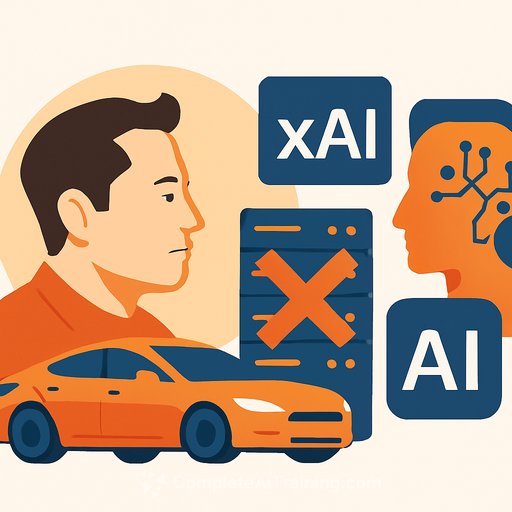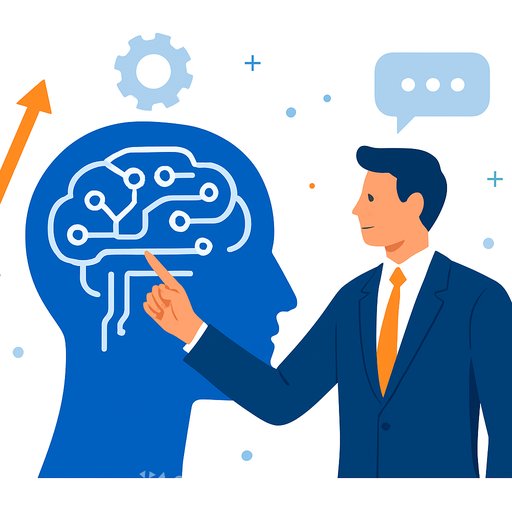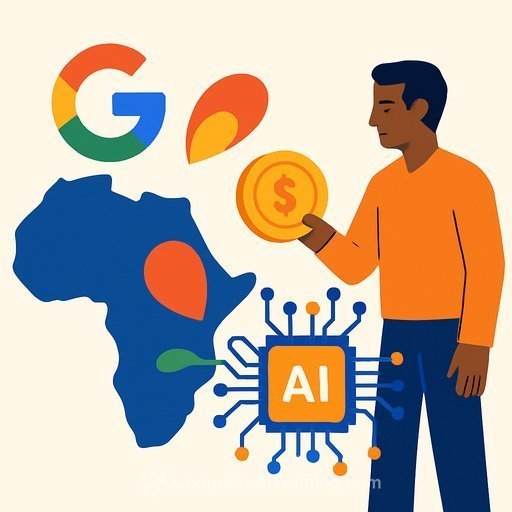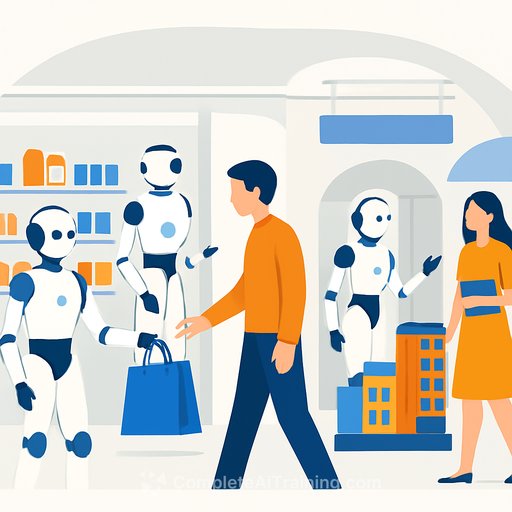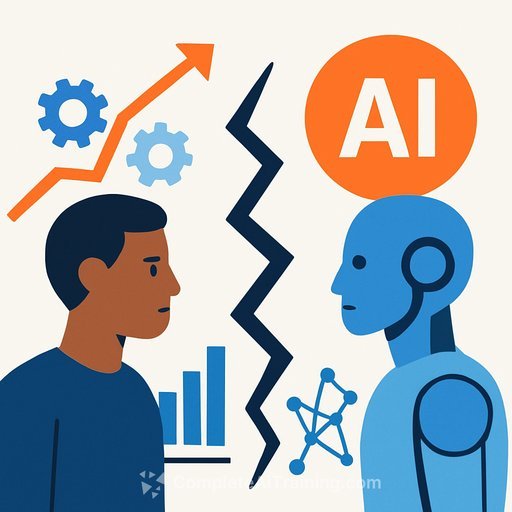Musk Ends Tesla’s Dojo Project, Shifts Focus to AI5 and AI6 Chips
Just weeks after praising Tesla's Dojo 2 supercomputer and teasing Dojo 3, Elon Musk confirmed that the Dojo project has been terminated. Instead, Tesla will now concentrate on developing inference chips like AI5 and AI6. The Dojo team has been disbanded, with much of its talent moving to a new AI startup.
From Ambition to Shutdown
Previously, Tesla positioned Dojo as a bold bet on custom AI training chips, aiming to reduce reliance on Nvidia’s production constraints. The goal was to build a supercomputer tailored for training Full Self-Driving neural networks. Over time, Musk admitted Dojo chips lagged behind Nvidia’s in performance, though he expected future versions to catch up.
During the Q2 2025 earnings call, Musk reiterated Dojo’s importance and announced that Dojo 2 would scale next year. However, Bloomberg revealed that Peter Bannon, head of Dojo, left Tesla and that Musk ordered the project's shutdown. About 20 Dojo team members recently left to join a new startup called DensityAI, founded by Tesla alumni Ganesh Venkataramanan, Bill Chang, and Ben Floering.
DensityAI: Tesla Talent Building AI Hardware Outside Tesla
DensityAI is emerging from stealth mode and is in talks to raise hundreds of millions in funding. The startup focuses on developing chips, hardware, and software for AI data centers targeted at automotive applications. Meanwhile, remaining Tesla Dojo team members have been reassigned to other data center and compute projects within Tesla.
Musk’s Strategic Shift
Musk confirmed that dividing resources across two AI chip designs no longer makes sense. While AI5 and AI6 chips will be “pretty good” for AI training, they won't match Nvidia’s raw computing power. These chips are optimized for efficient on-device inference rather than heavy training workloads, which demand massive compute capacity.
To compensate, Musk envisions clustering multiple AI5/AI6 chips on a board to reduce network complexity and costs—a setup he calls “Dojo 3.” He claimed that the performance jump from Tesla's current HW4 chips to AI5 will be unprecedented, signaling a major advancement in inference capabilities.
Implications for Tesla’s AI Strategy
This pivot means Tesla’s in-house AI hardware ambitions have been scaled back, increasing dependence on external technology providers. At the same time, Musk is steering AI development toward xAI, his other AI-focused company, where he retains tighter control. Unlike Tesla, where Musk is a minority shareholder, xAI is privately held and under his direct leadership.
Musk has proposed that Tesla acquire a significant stake in xAI, potentially directing billions of dollars to the company while maintaining control. xAI has already integrated with Musk’s other businesses, acquiring the social platform X for $33 billion to improve chatbot training and embedding its Grok chatbot in Tesla vehicles. Tesla shareholders will vote on this investment in November.
Intercompany Dynamics and Future Outlook
With the Dojo team disbanded and Tesla’s supercomputer chip efforts shelved, reliance on xAI for training Full Self-Driving neural networks is likely to increase. Musk’s companies cooperate but also compete in AI hardware and software domains.
For instance, in June 2024, Musk redirected 12,000 Nvidia H100 AI chips initially meant for Tesla’s data center to xAI, citing Tesla’s data center being under construction. Future chip shipments to xAI are expected to be balanced by returns to Tesla.
For IT and development professionals, this shift highlights the challenges of developing proprietary AI hardware at scale and the strategic importance of managing AI workloads across multiple specialized platforms. Staying updated on AI hardware trends and partnerships will be vital for those building AI-driven automotive and data center applications.
To explore more about AI hardware and training courses, visit Complete AI Training.
Your membership also unlocks:

